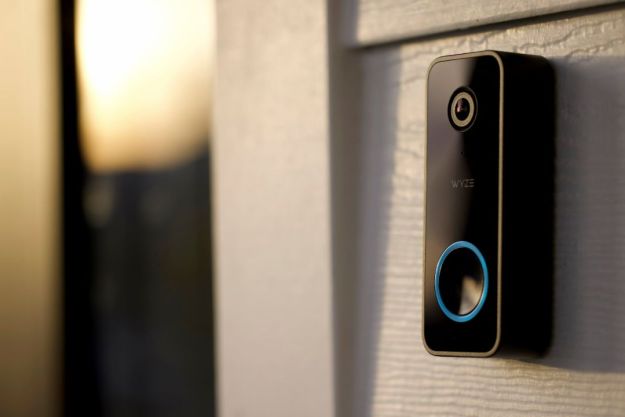
A couple weeks ago, Yahoo announced a time capsule project to capture a digital snapshot of live in 2006. The Internet Time Capsule would accept submissions from Yahoo users all over the world; the data would be compressed and stored for a big unveiling when Yahoo turns 25 years old in the year 2020. Yahoo would feature time capsule submissions on its home pages, and also planned to project selected submissions on the walls of the Pyramid of the Sun in Teotihuacan, Mexico, from October 25 to 27.
One small snag: although Yahoo apparently thought it had gone through all the permitting, Mexico’s National Institute of Anthropology and History denied Yahoo permission to stage the event on one of the country’s most important archeological sites as soon as they caught wind of the plan. Yahoo promptly revised its own history—a move which bodes badly for a project aiming to make an archive of today’s Internet life—and removed any mention of the Pyramid of the Sun from its time capsule information, materials, statements, and dated releases.
Now the time capsule projection event is on again, this time at the ancient pueblo community of Jemez in New Mexico, roughly 50 miles northwest of Albuquerque. Yahoo plans to project more than 15 hours of pictures, videos, stories, poems, and other submissions from the time capsule project on the canyon walls protecting the Jemez pueblo during the evenings of October 25, 26, and 27. It will also beam the submissions into space from the site using lasers.
"In just a few short weeks, thousands of people around the world have uploaded memories and ideas they want to preserve, creating an important anthropological collection that documents this moment in time," said Jerry Yang, Yahoo co-founder. "Submissions range from the intensely personal to greetings for alien life forms, including almost anything you could imagine. This project is a fascinating example of social media at its finest, highlighting the culture of generosity that exists and proliferates on the web today."
According to Yahoo, more than one million users have visited, browsed, searched, or contributed to the Internet Time Capsule project since its launch October 10, 2006.
One small snag: Jemez doesn’t exactly boast an international airport, facilities for a large number of visitors, or even what many technology enthusiasts would call a major highway. What if you threw a Time Capsule and nobody came?
Editors' Recommendations
- Samsung’s new AI-powered washer and dryer combo is $1,140 off
- Herman Miller New Year Sale: 20% off ergonomic office chairs
- Samsung SmartThings learns a bunch of useful new tricks at CES 2024
- My kid needed a new portable charger, so I bought myself this instead
- Bring the Grinch to your front door with new Ring Quick Replies


